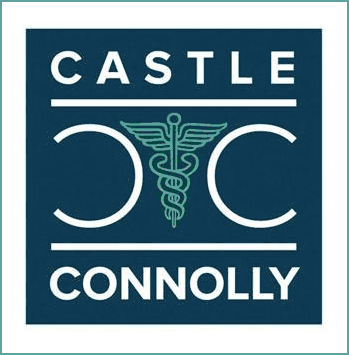What is a Colles Fracture?
A Colles fracture is a break in the distal radius—one of the two major forearm bones—occurring just above the wrist. It typically results in the broken end of the bone being displaced upward and backward, creating a visible deformity often referred to as a “dinner fork” or “bayonet” deformity due to the shape of the wrist. While this injury can result from various traumas, it is most commonly caused by falling forward onto an outstretched hand (FOOSH injury).
Colles fractures are most common in older adults, especially postmenopausal women with osteoporosis, but they can affect people of all ages.
Causes of a Colles Fracture
The classic mechanism of injury is a fall onto an outstretched hand with the wrist extended. When the palm strikes the ground with force, the impact is transmitted through the forearm, often leading to a break just above the wrist joint.
Additional contributing factors:
- Bone fragility due to osteoporosis
- High-impact trauma, such as car accidents or contact sports
- Improper use of protective gear during sports or physical activity
Signs and Symptoms
- Immediate pain, swelling, and tenderness near the wrist
- Bruising and warmth around the injury
- Deformity of the wrist (often with an abnormal bend)
- Inability to grip or hold objects
- Limited wrist motion or resistance to movement
- Possible numbness or tingling if nerves are affected
Treatment for a Colles Fracture
Treatment depends on the severity and alignment of the fracture.
Non-Surgical Treatment:
- Closed reduction to realign the bone, followed by immobilization
- Casting or splinting for 6–8 weeks
- Follow-up X-rays to monitor healing and alignment
Surgical Treatment:
In cases where the fracture is unstable, comminuted (broken into several pieces), or misaligned:
- Open reduction and internal fixation (ORIF) with plates, screws, or pins
Pain management may involve:
- Over-the-counter or prescription medication
- Cold therapy and elevation to reduce swelling
Recovery
Healing typically takes 6 to 8 weeks, but full recovery may take several months.
Post-immobilization:
- Physical therapy is essential to restore wrist strength, flexibility, and function.
- Activities that stress the wrist may need to be modified temporarily.
For patients with osteoporosis or repeated falls, a fall-prevention plan and bone health management are essential to prevent recurrence.
FAQs
The primary difference lies in the direction of the bone displacement.
With a Colles fracture, the radius is displaced upward and backward. With a Smith fracture, the radius is displaced downward and forward (from a fall on a flexed wrist)
Because people instinctively reach out to break a fall, the wrist often bears the full force of impact. Age-related bone thinning (osteopenia or osteoporosis) also increases susceptibility.
Bone healing typically takes 6–8 weeks, but full function may take 3–6 months, especially in older adults. Physical therapy accelerates the return of strength and mobility.
Mild fractures may be treated with a cast or splint, while more complex cases may require surgery to realign and stabilize the bone. Recovery is guided by regular follow-up imaging.
Chronic wrist stiffness, arthritis in the wrist joint, reduced grip strength, Carpal Tunnel Syndrome, and Malunion (healing in the wrong position) if not properly aligned, are all complications of a Colles fracture.
Yes, but only as part of a medically guided plan. Home care can include rest and elevation, ice to reduce swelling, pain management with OTC medications, and gentle exercises (as directed by your provider).
If the fracture is non-displaced and stable, it may heal with immobilization. However, untreated or improperly aligned fractures can lead to deformity and functional loss.
You can prevent a Colles fracture by maintaining bone health with calcium, vitamin D, and weight-bearing exercise, using protective gear when playing sports, improving balance and reducing fall hazards at home, and considering a bone density scan if you’re over 50 or postmenopausal.



